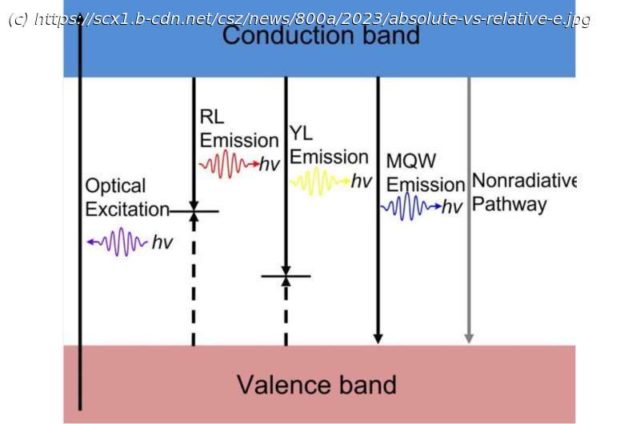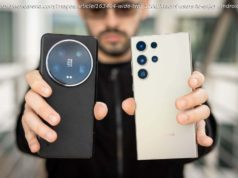The absolute internal quantum efficiency (IQE) of indium gallium nitride (InGaN) based blue light-emitting diodes (LEDs) at low temperatures is often assumed to be 100%. However, a new study from University of Illinois Urbana-Champaign Electrical and Computer Engineering researchers has found that the assumption of always perfect IQE is wrong: the IQE of an LED can be as low as 27.5%.
The absolute internal quantum efficiency (IQE) of indium gallium nitride (InGaN) based blue light-emitting diodes (LEDs) at low temperatures is often assumed to be 100%. However, a new study from University of Illinois Urbana-Champaign Electrical and Computer Engineering researchers has found that the assumption of always perfect IQE is wrong: the IQE of an LED can be as low as 27.5%.
This new research was recently published in Applied Physics Letters.
As ECE associate professor Can Bayram puts it, LEDs are the ultimate lighting source. Since their invention, they have become increasingly popular due to their energy efficiency and cost-effectiveness.
An LED is a semiconductor that emits light when current flows through the device. It generates photons through the recombination of electrons and holes (carriers), releasing energy in the form of photons. The color of the light emitted corresponds to the energy of the photon.
InGaN-based blue LEDs enable bright and energy-saving white lighting. The transition to solid-state lighting sources has significantly reduced energy needs and greenhouse gas emissions, but continual efficiency improvements are necessary to hit energy savings goals in the long term. The U.S. Department of Energy’s 2035 roadmap calls for blue LED efficiency to increase from 70% to 90% and furthering energy savings by 450 terawatt hours (TWh) and CO2 emission savings by 150 million metric tons.






